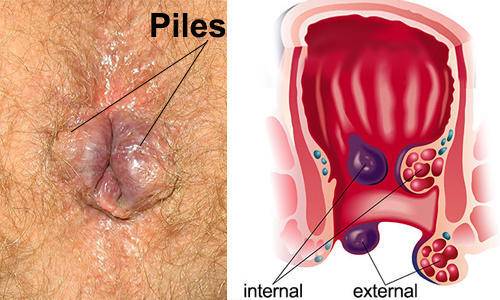
BEST HOSPITAL FOR PILES SURGERY
Piles, also known as hemorrhoids, are swollen veins within the anal canal (internal hemorrhoids) or around the anus (external hemorrhoids). When swollen anal or rectal tissue is damaged, it can cause bleeding and pain. Often, piles do not cause any symptoms, and people are unaware that they have them. If symptoms appear, they may include: Bleeding following a bowel movement, A lump within the anal canal or near the anus, a Bottom itch, Anus pain, and swelling, After a bowel movement, there is a slimy mucus discharge. Piles usually go away on their own, but dietary changes and simple treatments may be recommended to relieve symptoms in the meantime. Severe piles may necessitate more intensive treatment, depending on their location. Non-surgical options for treating piles in the upper two-thirds of the anal canal include Banding, Sclerotherapy, and Electrotherapy. However, piles in the lower third, closest to the anus, will require anesthetic surgery because the amount of pain-sensing nerves in this area would make non-surgical techniques too painful. Although piles are usually treatable with lifestyle changes, creams, ointments, or non-surgical techniques, one out of every ten people will require surgery. Haemorrhoidectomy, stapling, and haemorrhoidal artery ligation are the most common surgical procedures used to treat piles.
- BEST HOSPITAL FOR PILES SURGERY IN PALAM
- BEST HOSPITAL FOR PILES SURGERY IN HARI NAGAR
- BEST HOSPITAL FOR PILES SURGERY IN MOTI NAGAR
- BEST HOSPITAL FOR PILES SURGERY IN TILAK NAGAR
FOR MORE DETAILS PLEASE CONTACT US AT 9891682297.
| Tags: |
